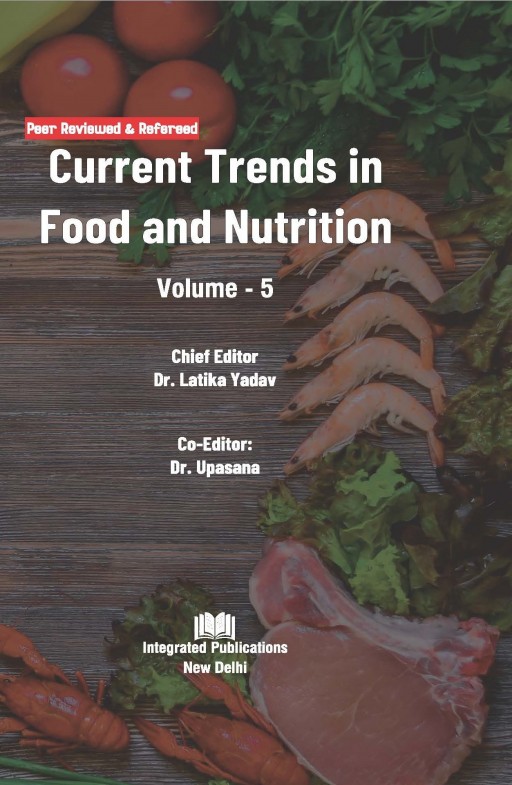Child malnutrition in India is a major public health issue, impacting the physical and cognitive development of millions of children. Addressing child malnutrition in India requires a multi-faceted approach focusing on vulnerable groups, particularly children aged 12-59 months, girls, and those from larger households. Key factors include poor maternal nutrition, inadequate sanitation, low socio-economic status, and rural living. Policies should prioritize nutritional programs for these groups, promote maternal health, improve sanitation, and enhance socio-economic conditions. Tailored interventions for marginalized communities like Scheduled Castes and Muslims are crucial. Investing in education, employment, and regional resources can help reduce malnutrition rates. Raising awareness on nutrition and health practices will empower families to make informed decisions and improve child health outcomes.
Copyright information
© Integrated Publications.

